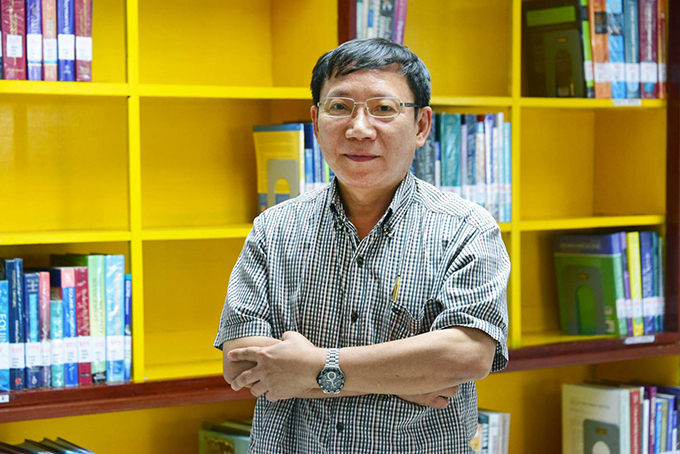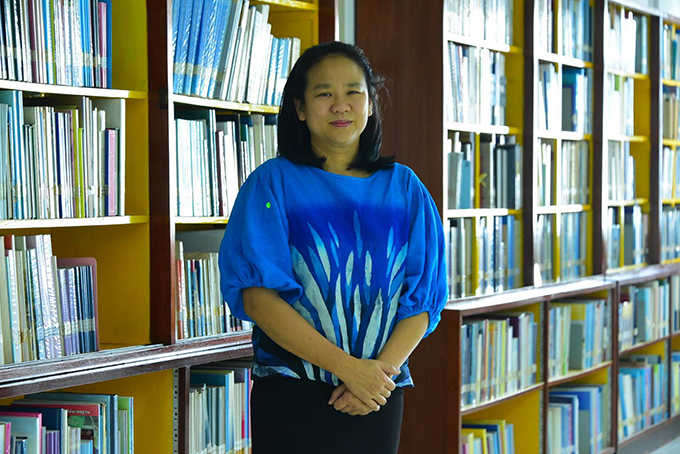Chitkara University becomes the first university in India to have been awarded the ‘Platinum’ rating by QS I-GAUGE, a comprehensive and independent rating system for India’s universities and colleges.
Chitkara University was rated ‘Platinum’ in four key indicators: ‘ Employability,’ ‘Facilities,’ ‘Entrepreneurship,’ and ‘Governance & Structure.’ In the other five indicators, namely, ‘Research,’ ‘Teaching & Learning,’ ‘Faculty Quality,’ ‘Diversity and Accessibility,’ and ‘Social Responsibility, the university was rated ‘Diamond’.
Chitkara University works diligently on all aspects of quality assurance for continuous improvement and has always strived to promote ‘holistic and world-class teaching,learning, and research experience. Seven National/International Funding Agencies have recently granted the university 02 Crore of Funding for undertaking cutting-edge research.
The university also has on record Intellectual Property of 1700 plus Scopus Indexed Research Publications and 700 patents (filed), which stands as a testimony to the university’s focus on knowledge creation and dissemination.
The Award Certificate was presented during the Facilitation Ceremony at The Taj, Bangalore, by Dr. Ashwin Fernandes, QS Regional Director – Middle East, Africa & South Asia & CEO QS I-GAUGE. During the ceremony, he shared and cited that “Indian Universities are doing well and increasingly focussing on quality education despite all odds. We make special mention of Chitkara University for their clear and diligent data and document presentation”.
He further added, “I am pretty impressed with Chitkara University’s growth and its remarkable work for Research Publications, Patents, Employability & Entrepreneurship. My best wishes to the university for upcoming rankings of QS and hope the university will perform well in all other international/national rankings.”
Citing the rigorous process preceding the rating, Dr Archana Mantri, Vice-Chancellor, said, “QS I-GAUGE follows a rigorous and comprehensive institutional rating procedure, and the application process can become cumbersome and time-consuming for the unprepared applicants, but owing to Chitkara University’s process-centric approach to teaching, research and learning, we were ready with all the documentation even before we started the application process. I am happy that the wonderful teamwork and quality education at Chitkara University finally has the recognition of QS I -GAUGE.”
Dr. K.K Mishra, Associate Director, IQAC, Chitkara University, who also led the rigorous process at the university, shared that, “Keeping in consideration the fact that QS I-GAUGE employs a very rigorous rating methodology, we were sure of our quality benchmarks and data insights from the very beginning of the rating process.”
Dr. Madhu Chitkara, Pro-Chancellor Chitkara University, congratulated the university fraternity on becoming the first university to receive the coveted ‘Platinum’ rating from QS I-GAUGE, shared that “At the heart of our education system is quality. We never compromise on the same. The Governing Board has entrusted us with the surmountable task of surpassing our benchmarks and acquiring ‘platinum’ rating by none other than QS I-GAUGE is certainly a feather in our cap.”
‘QS I-GAUGE’ is a comprehensive and independent rating system for India’s universities and colleges. Based on the globally recognized QS STARS University Rating System developed by QS, QS I·GAUGE has been adapted to capture the reality of the dynamic Indian education sector without compromising the strict quality standards synonymous with the QS brand.
Rated on seven primary indicators and five secondary indicators, which range from Teaching and Learning, Employability and Social Responsibility to Research and Innovation, the QS I∙GAUGE rating provides a unique and comprehensive 360-degree perspective of India’s Higher Education institutions for learning. Post assessment, the institutes are awarded an overall rating ranging from Bronze to Platinum+.













